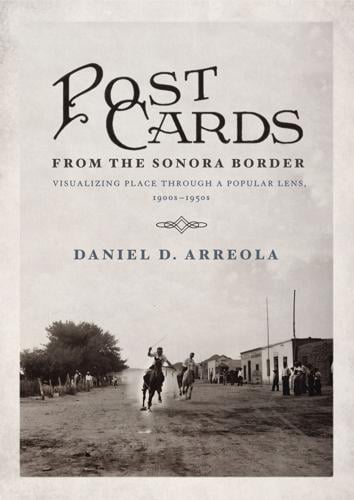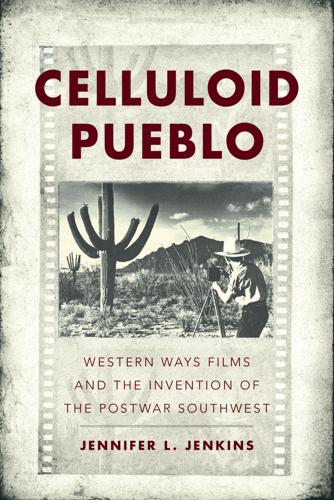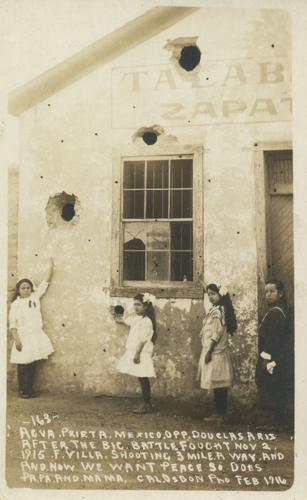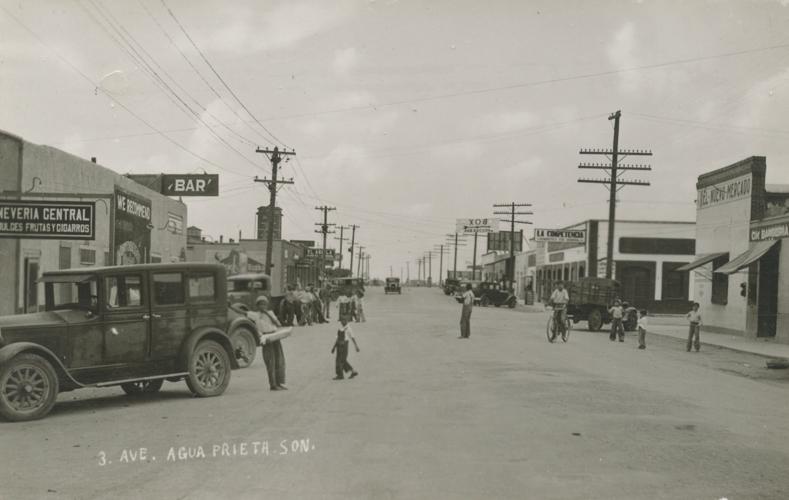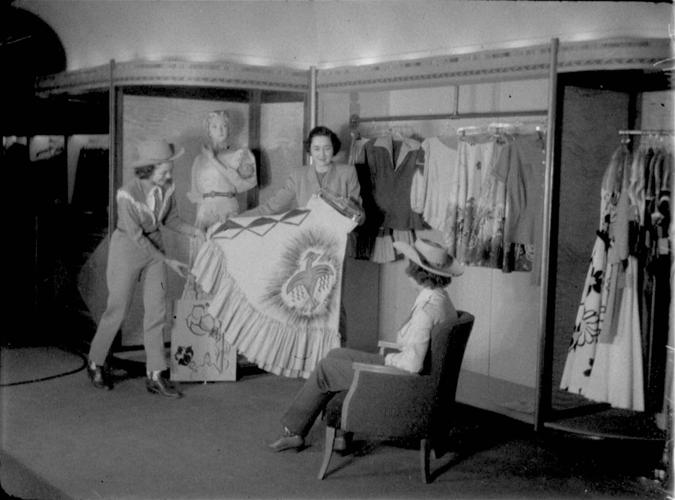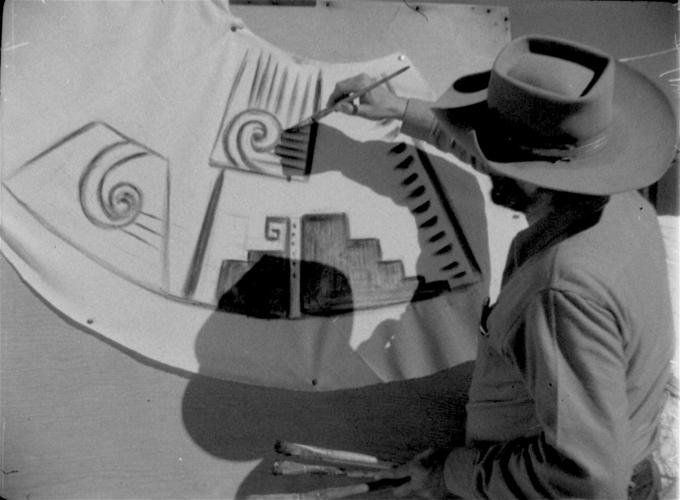In the first half of the 20th century — long before Facebook and Instagram — travel experiences were shared with family and friends back home with postcards. And computer-generated imagery wouldn’t make it to the silver screen until the ‘70s.
Between 1900 and the late 1950s, images from postcards and regional films piqued the imagination and created a sense of place.
Historical photographic postcards and regional-film images sharing the borderlands of the early 20th century Southwest are the focus of the University of Arizona Libraries’ Special Collections new exhibition, “Visions of the Borderlands: Myths and Realities” which opened Monday and continues through June 30.
A panel discussion on the exhibit will be at 6 p.m. Thursday, Jan. 26.
The exhibition is inspired by books published by the University of Arizona Press, “Celluloid Pueblo” by Jennifer Jenkins, and “Postcards from the Sonora Border” by Daniel D. Arreola,” and by the work of archivist Verónica Reyes-Escudero, borderlands curator for Special Collections.
During the panel discussion, Jenkins, Arreola and Reyes-Escudero will draw on their research and discuss how imagery shares and enriches stories of place and time.
in “Postcards,” Arreola, a professor of geographical science and urban planning at Arizona State University, shares the geographical and historical story of five border towns — Agua Prieta, Naco, Nogales, Sonoyta, and San Luis Río Colorado.
He captures the evolution of Sonoran border towns, creating a sense of visual “time travel” for the reader and reveals how images shape the way we experience and think about place, according to a UA Press news release.
Jenkins’ “Celluloid Pueblo” tells the story of Western Ways Features, created in 1936 by Charles and Lucile Herbert to document the landscape, regional development and cultures of Arizona, the U.S. Southwest and northern Mexico.
Jenkins’ book examines the Herberts’ work on some of the first sound films in the Arizona borderlands and promotion of the Southwest. The book covers the way films represented Native American and Mexican life, Anglo ranching and leisure, missions and tourism, and postwar borderlands prosperity and progressivism, according to UA Press.
Jenkins teaches in both the English department and the School of Information at the UA and has curated the Puro Mexicano Tucson Film Festival.
Reyes-Escudero works with individuals, families and organizations to acquire and make accessible archival material related to the U.S.–Mexico border. She recently co-authored the book “Latinos in Libraries, Museums, and Archives.”
Jenkins and Reyes-Escudero are also scheduled to be at the Tucson Festival of Books in March.


